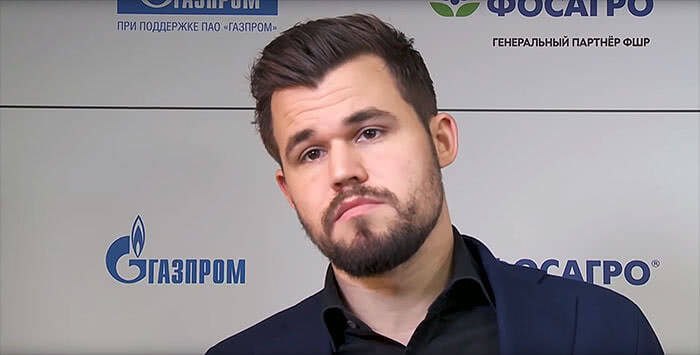Before his convincing display of Rapid chess against challenger Fabiano Caruana in the tie-breaks of the 2018 World Championship Match, Magnus Carlsen had won the World Rapid Championship two times (2014, 2015). On December 28, 2019, Carlsen won his third World Rapid Championship title. In this article, I will briefly discuss Carlsen being “better than the others” and then segue into what to do, according to one chess author, if you out-rate your opponent in a chess game.

Magnus Carlsen is the reigning classical World Chess Champion. In his 2018 victory over challenger Fabiano Caruana, Carlsen dominated the tie-breaking Rapid time control games. The match began with 12 classical games, which had the time control of 100 minutes for the first 40 moves, an additional 50 minutes added after the 40th move, and then an additional 15 minutes added after the 60th move, plus an additional 30 seconds per move starting from move 1. Carlsen and Caruana tied the classical time control games, as each of the 12 games was drawn. Then Carlsen won the first three games of a best-of-four-game Rapid playoff (25 minutes per player with a 10-second increment).
If you are a bit better than the others, you can afford to take more chances.
For the King Salman World Rapid Championship, which Magnus Carlsen won with 11.5 out of 15, each player received 15 minutes plus 10 seconds per move for each game. On December 30, Carlsen won his fifth World Blitz Chess Championship. For the Blitz Championship, each player receives 3 minutes plus 2 seconds increment per move for each game.
After winning the King Salman World Rapid Championship, Carlsen said in an interview, “I am better than the others… If you are a bit better than the others, you can afford to take more chances.”
What might Carlsen’s statement mean for the rest of us, regarding taking chances? One chapter in International Master Erik Kislik’s Chess Logic in Practice is titled “When Playing a Bad Move Wins a Good Game.” That is, if one is higher-rated than one’s opponent or if one’s opponent is in time trouble, one might choose, according to Kislik, “a move that is far from the best or even dubious.” Such a move might be called for in “a position that looks to be heading towards sterile equality against a weaker opponent,” wrote Kislik, specifically in a game that one wants to win.
One of Kislik’s examples is a game won by International Master John Bartholomew, who SparkChess readers may remember from my previous article. In the game Kislik picked, Bartholomew out-rated his opponent by almost 450 points. That gap means Bartholomew was favored to win by 93%.
Let’s look at the game, and Kislik’s remarks on it.
If you are like me, it wasn’t obvious when Bartholomew, as Black, should have deviated from opening theory. Nor is it clear exactly where White went wrong. In this game, and in other annotated games in his book, Kislik calls some moves and plans clearly necessary. But their necessity may not be obvious to the reader. However, on the bright side, reading Kislik’s explanations of moves and plans is usually enlightening. If your New Year’s Resolution calls for pushing yourself in chess, this book would be a great choice.
